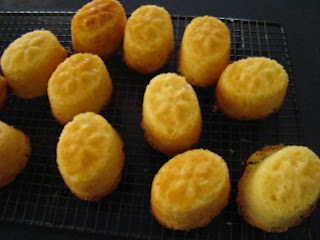With our raised beds we are building no-dig gardens. Our garden is built on the site of an old quarry and has very heavy clay, so we have had to build up all our gardens, so a no dig garden is the only answer for us.
No-dig gardens are sometimes also called sheet-mulch gardening as layers of organic material are built up on top of the soil, often right over the existing grass. I have seen them built over cement also!
Lucerne or hay is often used as the base component of the garden, but other nitrogen rich materials, such as grass clippings or sappy green prunings may be used. Straw, sugar cane mulch or other high carbon material can be used on top of the garden.
If you are building your own frame for a garden, or planting on an open space, to build a no-dig garden of approximately 2mx3m it is suggested that you will need:
- 4 bales of lucerne soaked in water
- 1 barrow of compost
- 1 barrow of combined animal manure, blood and bone and chicken pellets
- 1 bale of straw soaked in water
- Wet newspaper
- Water
I suggest slashing, mowing or even digging up and grass or weeds.
- Water the area to be cultivated
- Lay down a thick layer of newspaper. We found that a complete paper thickness works best in the long run.
- Alternate thin layers of lucerne, compost and manure, until all material is used ensuring each layer is wet thoroughly
- Then spread the straw over the top to form a mulch, also wetting thoroughly.
- Leave for at least two weeks before planting, re-wetting when necessary.
To plant, just dig small areas within the lucerne layer and fill with compost. Plant into this compost, and replace the mulch around the new plant.
Vegetables such as silver beet, spinach and lettuce do well in no dig gardens. Root vegetables that require depth for planting will need to wait for several seasons until a good depth of compost lucerne has been built up.

























